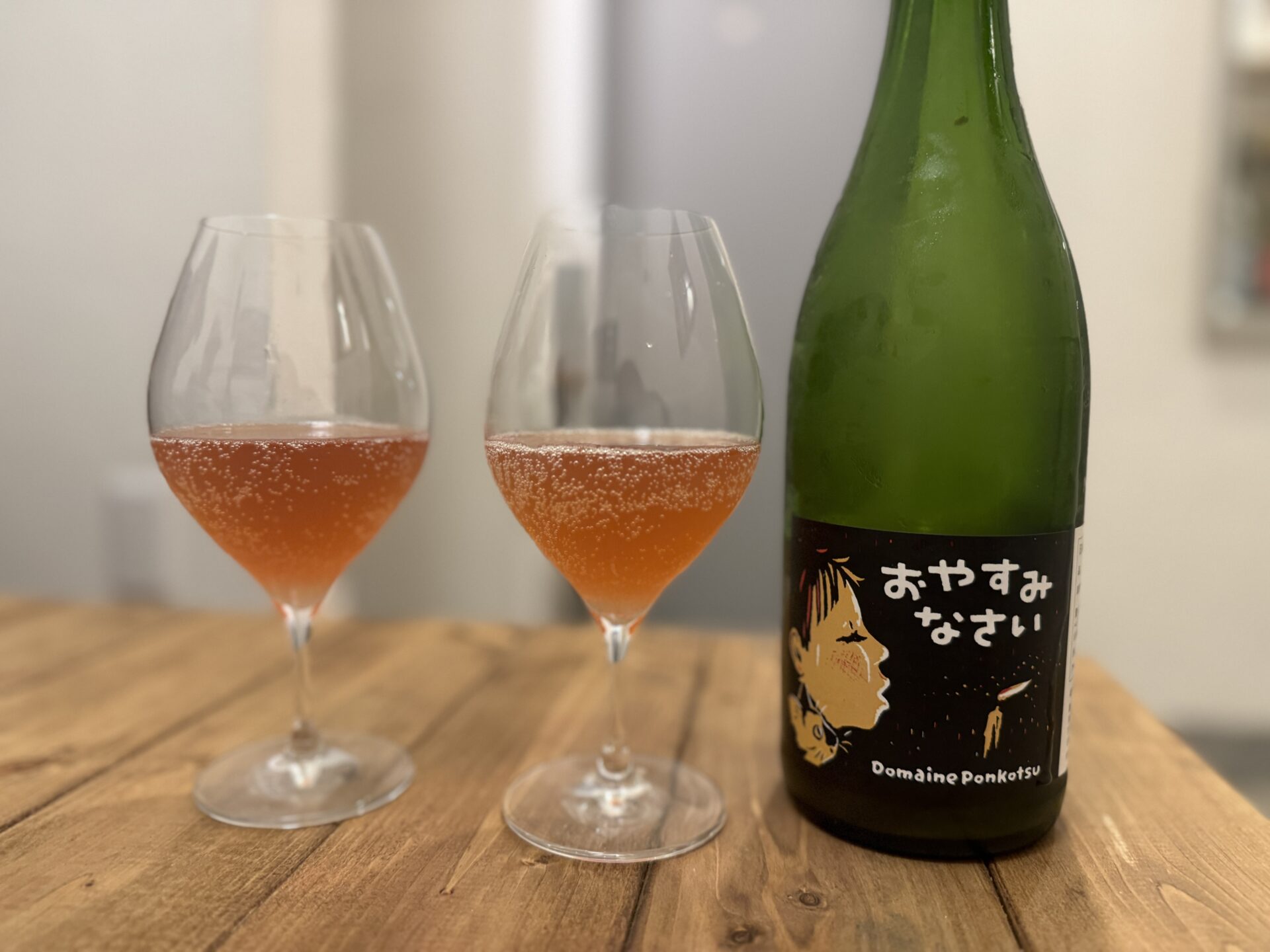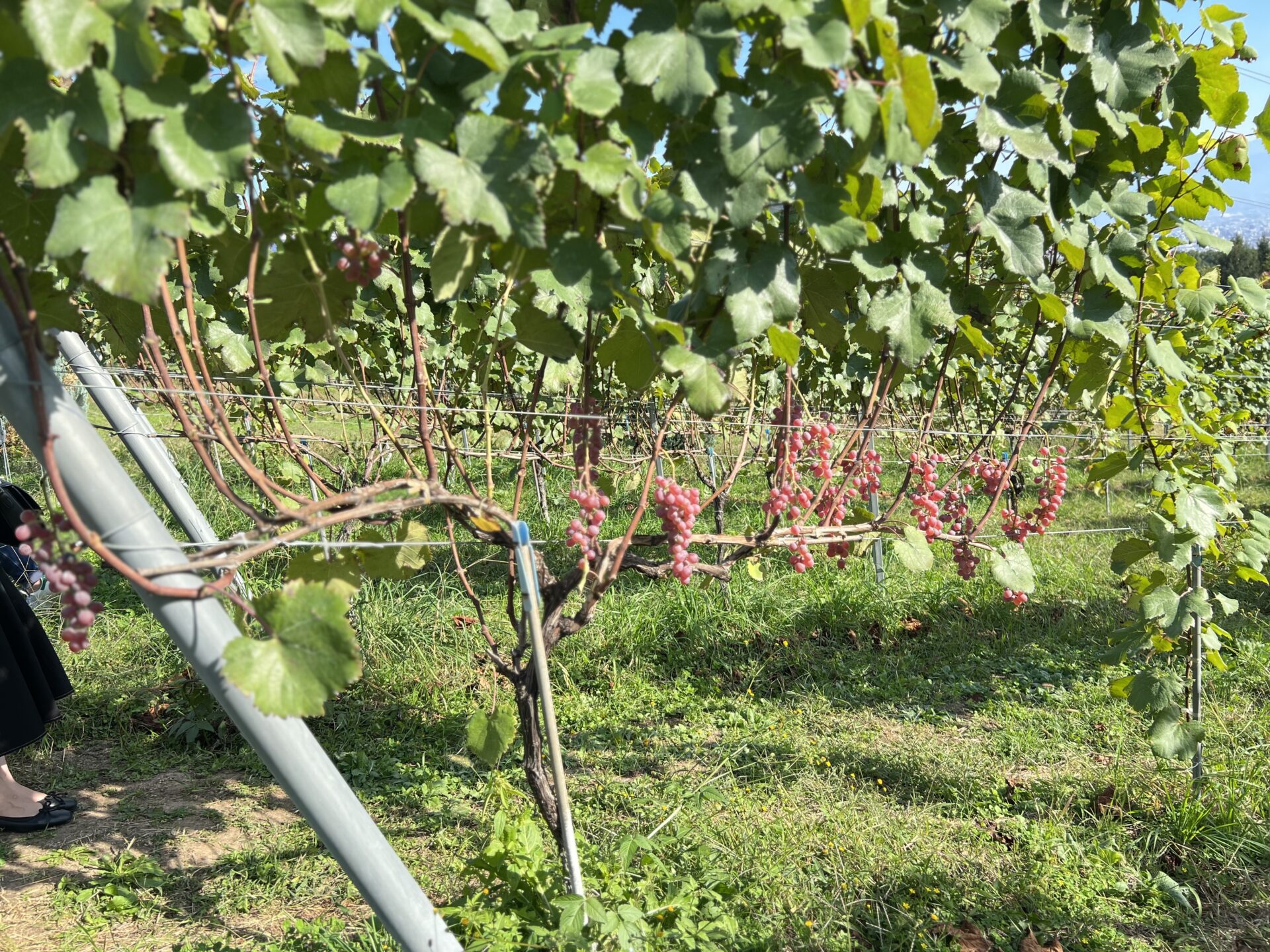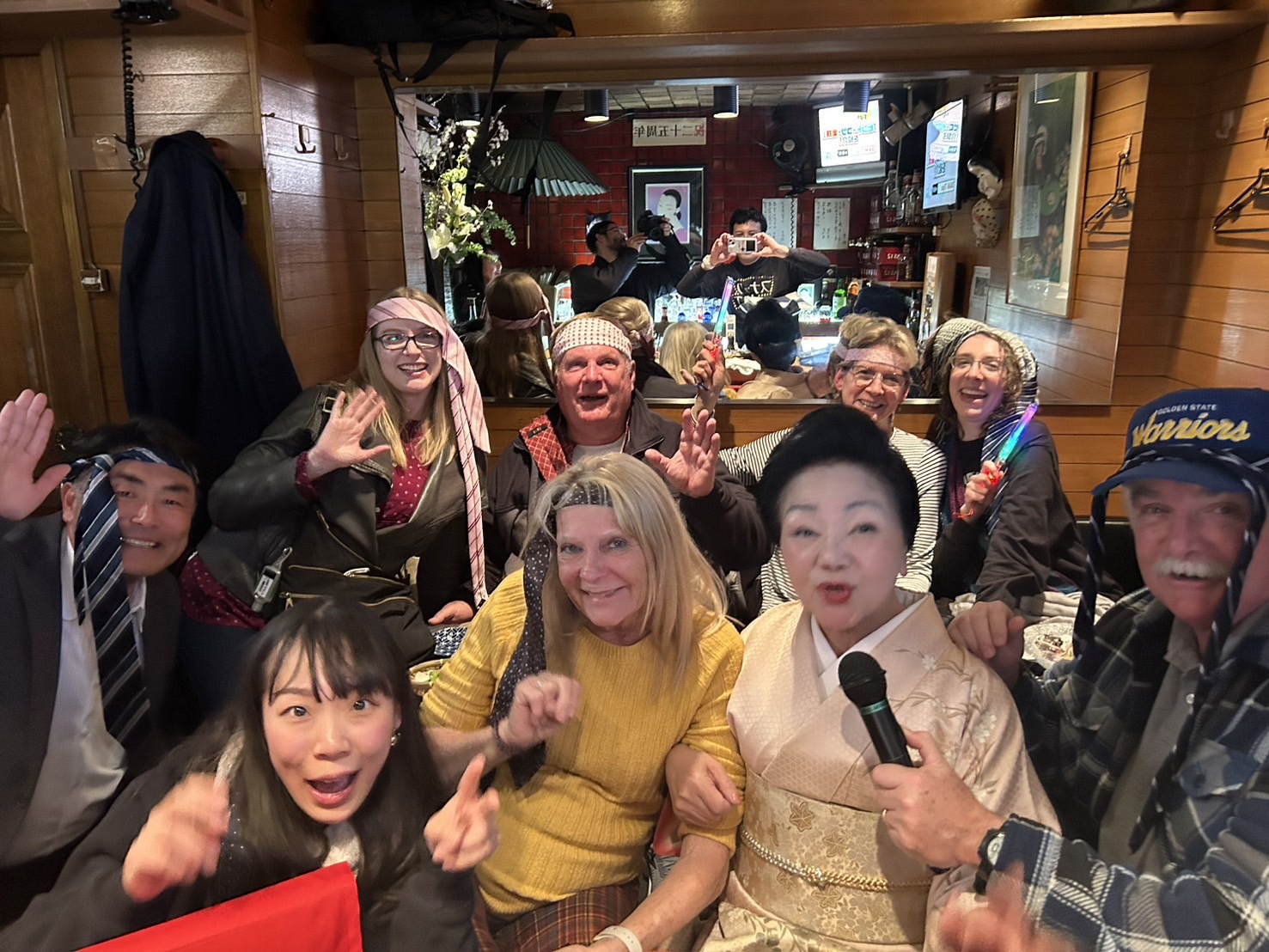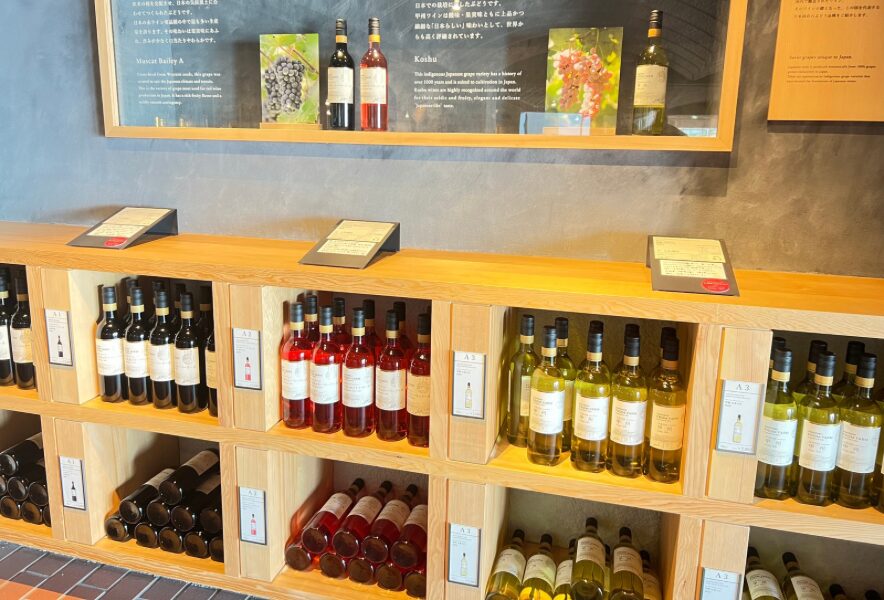Not long ago, people might have been surprised to hear “Japanese wine,” but today, Japanese wines are receiving numerous international awards and gaining global recognition for their quality. In recent years, international travelers have taken an interest in Japan’s wine tourism and local winery visits. In this article, we’ll take a closer look at the history, grape varieties, and special charm of Japanese wine.

Contents
The Beginning and Evolution of Japanese Wine
Wine was first introduced to Japan in the mid-16th century by Portuguese missionaries. However, full-scale wine production didn’t begin until the Meiji era. In 1874, the Koshu Wine Company was established in Yamanashi Prefecture, marking the true start of domestic winemaking.
Early efforts involved importing European grapevines, but the unfamiliar Japanese climate and soil led to many setbacks. Amid these challenges, the native white grape variety Koshu gained attention, and winemakers gradually improved their cultivation and fermentation techniques. Today, in cooler regions such as Hokkaido, Nagano, and Yamagata, European varieties like Chardonnay, Merlot, and Pinot Noir are also thriving, and Japan’s unique wine culture is flourishing.
Main Types and Characteristics of Japanese Wine
Japanese wine is defined as wine made from domestically grown grapes and produced in Japan. Since the 2018 legal revision on labeling standards, the term “Japanese wine” is now used only for products that meet stricter requirements.
Representative grape varieties include:
- Koshu (white): A native Japanese grape with light citrus notes reminiscent of grapefruit or yuzu. Its subtle acidity and tannin pair wonderfully with Japanese cuisine.
- Muscat Bailey A (red): A hybrid grape developed in Japan, known for its bright strawberry and candy-like aroma and soft tannins.
- Chardonnay, Merlot, Pinot Noir: These European varieties, grown in Japan’s cool climates, offer refined and elegant expressions.
Each region’s unique terroir (soil and climate) gives its wine distinct personality, making it fun to explore the differences from one area to another.

What Makes Japanese Wine Special?
The greatest strength of Japanese wine lies in how well it complements food. Compared to European varieties, Japanese grapes tend to have gentler acidity and more delicate aromas, making them an ideal match for the subtle flavors of Japanese dishes. Sushi, tempura, and dashi-based cuisine are especially enhanced by these wines.
Many Japanese wineries are small-scale and emphasize craftsmanship. These wines often reflect the heartfelt dedication of their makers — from grape growing and fermentation to label design — making them feel like “wines with a story.” This connection builds a loyal fanbase.
As more regions develop their own unique wine identities, “enjoying local wine with local food during travel” is becoming a popular and enriching experience.
In Summary: Now is the Time to Enjoy Japanese Wine
- Though relatively new, Japanese wine is now recognized worldwide thanks to dedication and technique.
- Its harmony with Japanese food makes it easy to enjoy in everyday life.
- Each wine region offers its own character — ideal for wine-focused travel.
- Small-batch, heartfelt winemaking delivers wines with personality and soul.
Japanese wine blends naturally into our dining culture. Why not add a bottle of Japanese wine to your next meal and discover its gentle, elegant charm?
Let’s go to Izakaya and a Japanese Snack-bar with a fun guide!!
You can enjoy many kinds of drinks at Izakaya and drinking culture Snack Bars, beloved by many but you can’t enter without a guide. You can enjoy communication with the owner and other customers, as well as singing karaoke, allowing for a relaxing time.
Most snack bars have a policy of refusing entry to foreigners. However, with a tour, you’ll have a guide, so you can enter with peace of mind.
When visiting Japan, don’t just check off the tourist spots –
dive into local experiences for an unforgettable journey!

Once you experience it, you’ll be captivated too! The charm of snack bars.

New encounters with people! The camaraderie of singing at a snack bar! Conversations with the mama-san!





